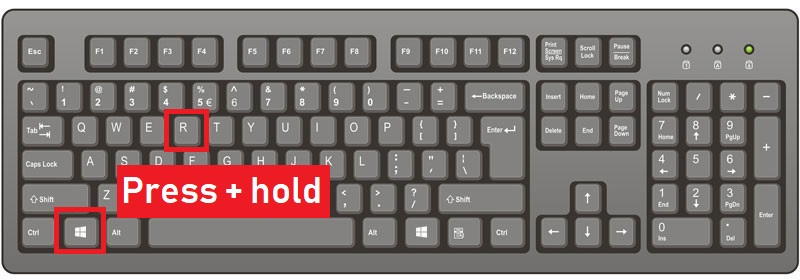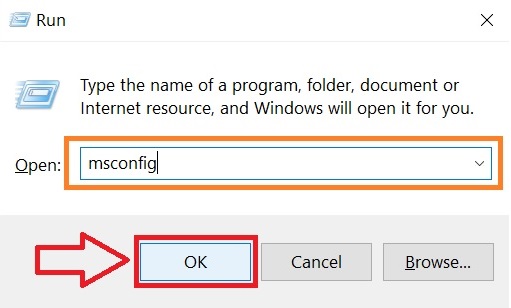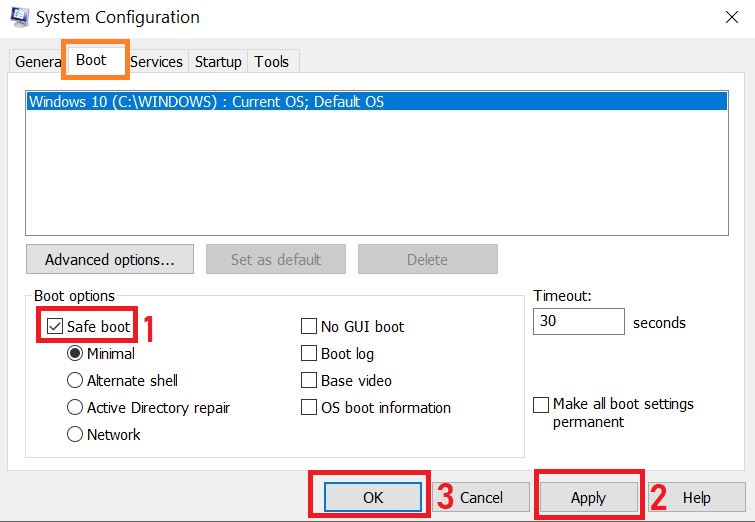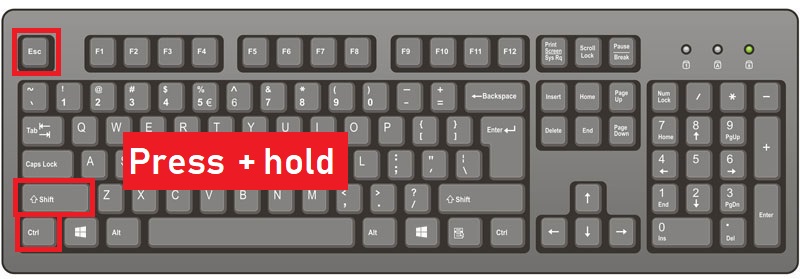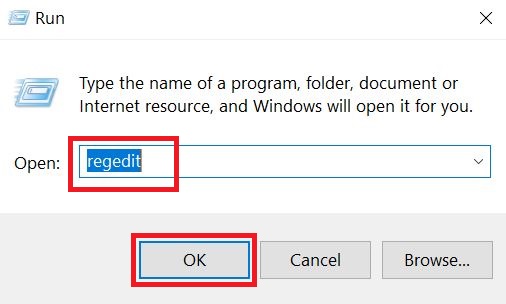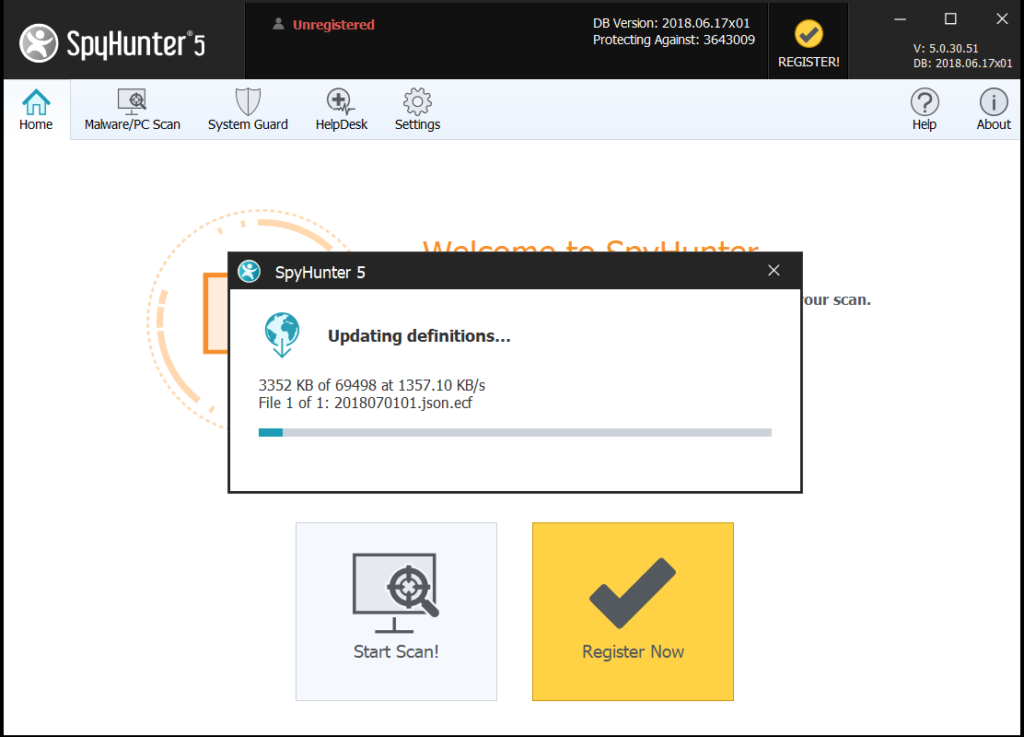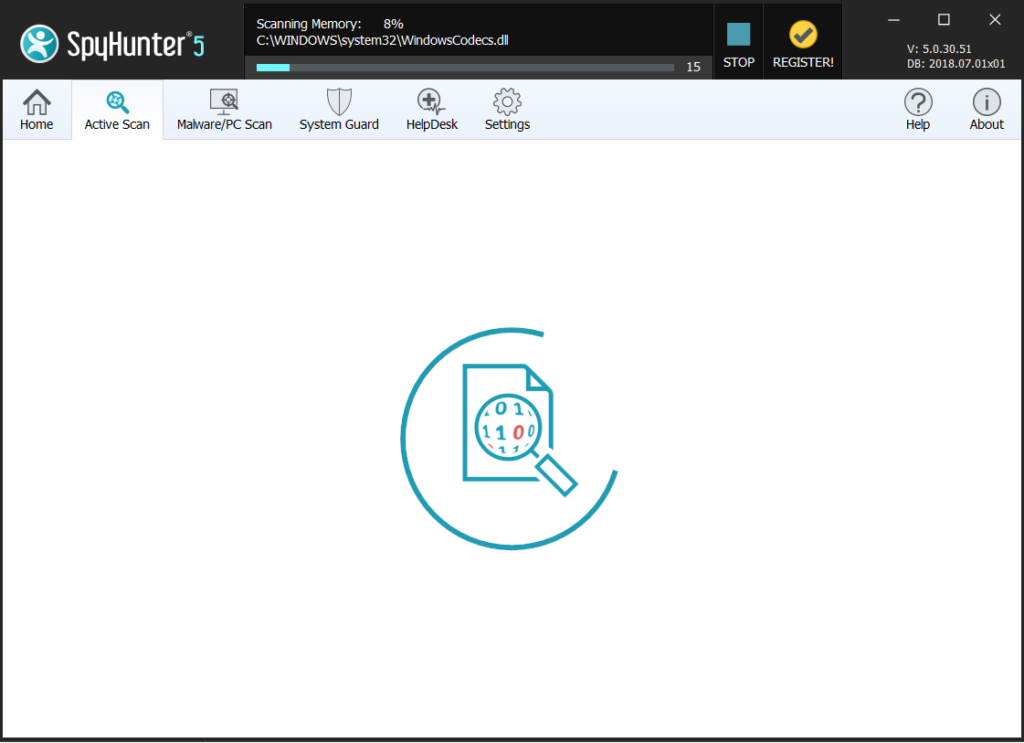Read this article to learn how to completely remove [email protected] file extension using ransomware virus from your PC and restore your encrypted files without having to pay ransom.
Another version of the multi-versioned STOP ransomware family, pretending to be Globe ransomware has come out. The virus aims to encrypt the files on the computers it manages to infect and then drops a ransom note file asking to contact the cyber-criminals and pay a hefty ransom payoff in order to get the files decyrpted. This form of online extortion should not be tolerated and if your computer has been infected by this ransomware virus, we recommend reading this article in order to learn how to remove the .help file virus and decrypt your files for free without having to pay the ransom to crooks.
| Threat Name | |
| Category | Ransomware virus. |
| Main Activity | Infects the computer after which encrypts important documents and holds them hostage until a ransom is paid. |
| Signs of Presence | Files are encrypted with the [email protected] file extension. |
| Spread | Via malicious e-mail spam and set of infection tools. |
| Detection+Removal | DOWNLOAD REMOVAL TOOL FOR |
| File Recovery | Download Data Recovery Software, to see how many files encrypted by ransomware you will be able to recover. |
Negotiating and paying the cyber crooks is not advised if you have been attacked by this virus or any other ransomware. Instead, read the article below to see how to remove it and then try to recover some of your files back.
How Is Delivered into Your PC?
is distributed via malicious executable attached in phishing emails which resemble a legitimate company, person, institution, organisation, etc. to trick the victim into opening it.The malicious executable may also be an Exploit Kit or JavaScript file masked as a legitimate .pdf ot Microsoft Office document so that many users would never recognise it as a trap.
Ransowmare – Further Information
Discovered recently by reverse engineers and cyber-sec researchers, ransomware is most likely a variant of another ransomware virus. One symptom that gives the malware away is the design of the desktop screen which the malware changes after infection.
If you translate the message, it is understandable that the virus gives several hours deadline and threatens to delete the decryption key used to unlock the encrypted files if the ransom demands are not met.
When the infections with this ransomware begin to occur, it may provide an e-mail for contact or a BitCoin wallet along with detailed instructions on how to pay the ransom. For the moment, the ransomware may still be on sale in the DeepWeb markets, meaning infection rate with it are expected to rise soon.
After it attacks the victim computer, the virus attacks the following types of files:
xls, .xlsm, .xlsx,.jpg, , .docx, ..pdf, .doc, .docm
After it attacks the encrypted files, employs an AES-256 cipher on their source code, rendering the files no longer usable. The icon of the files is removed and the file extension [email protected] is added. An encrypted file by may look no longer the same.
Remove Ransomware and Try to Get The Files back
In order to get rid of [email protected], malware researchers often advise that the best method is via scanning your computer with an advanced anti-malware software, since it automatically scans for [email protected] files and objects it has created and deletes them so you won’t have to spend the time doing it.
Furthermore, the virus is also focused on creating registry objects and defensive tools that may make it prevent you from accessing your computers, such as setting up a . This is why it is strongly advisable to enter in Safe Mode while scanning your computer with an advanced anti-malware tool for safest and thorough removal as well.
Preparation before removal of :
1.Make sure to backup your files.
2.Make sure to have this instructions page always open so that you can follow the steps.
3.Be patient as the removal may take some time.
Step 1: Reboot your computer in Safe Mode:
Step 2: Cut out in Task Manager

Step 3: Eliminate ‘s Malicious Registries.
For most Windows variants:
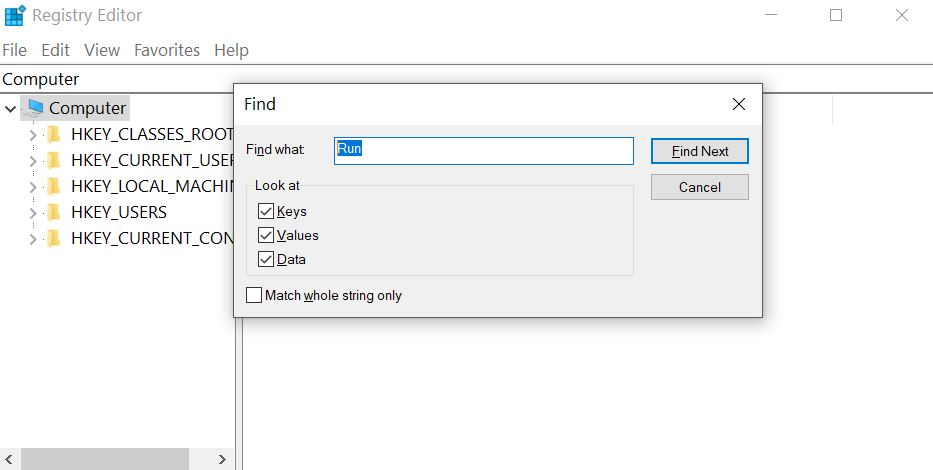

Step 4: Scan for and remove all virus files, related to and secure your system.
If you are in Safe Mode, boot back into normal mode and follow the steps below
It is advisable to run a free scan before committing to the full version. You should make sure that the malware is detected by SpyHunter first.
Step 5:Recover files encrypted by the Ransomware.
Method 1: Using Shadow Explorer. In case you have enabled File history on your Windows Machine one thing you can do is to use Shadow Explorer to get your files back. Unfortunately some ransomware viruses may delete those shadow volume copies with an administrative command to prevent you from doing just that.
Method 2: If you try to decrypt your files using third-party decryption tools. There are many antivirus providers who have decrypted multiple ransomware viruses the last couple of years and posted decryptors for them. Chances are if your ransomware virus uses the same encryption code used by a decryptable virus, you may get the files back. However, this is also not a guarantee, so you might want to try this method with copies of the original encrypted files, because if a third-party program tampers with their encrypted structure, they may be damaged permanently. Most of the currently available decryptors for ransomware viruses can be seen if you visit the NoMoreRansom project – a project that is the result of combined efforts of researchers worldwide to create decryption software for all ransomware viruses. Simply go there by clicking on the following LINK and find your ransomware version decrypter and try it, but always remember to do a BACKUP first.
Method 3: Using Data Recovery tools. This method is suggested by multiple experts in the field. It can be used to scan your hard drive’s sectors and hence scramble the encrypted files anew as if they were deleted. Most ransomware viruses usually delete a file and create an encrypted copy to prevent such programs for restoring the files, but not all are this sophisticated. So you may have a chance of restoring some of your files with this method. Here are several data recovery programs which you can try and restore at least some of your files:

